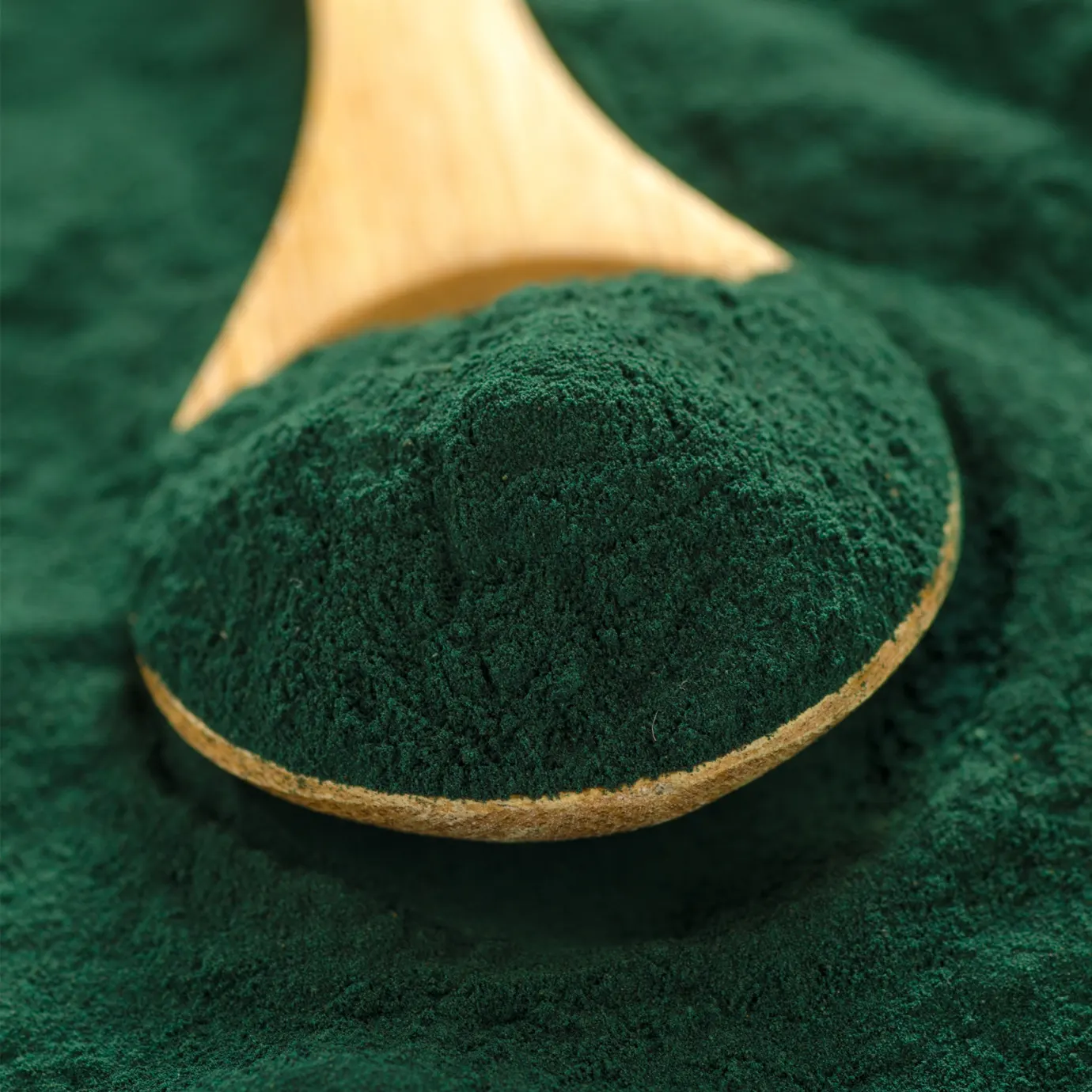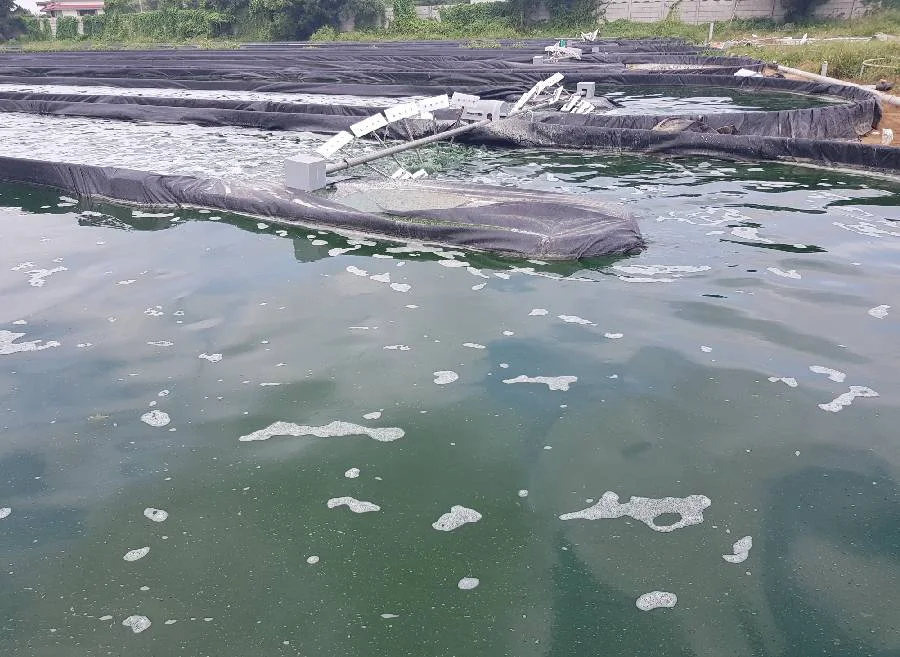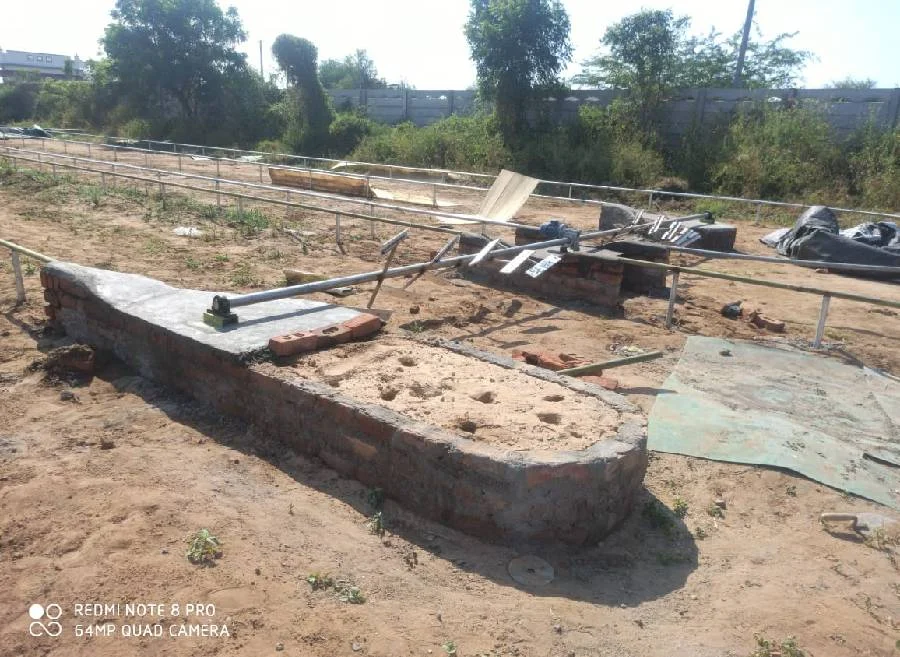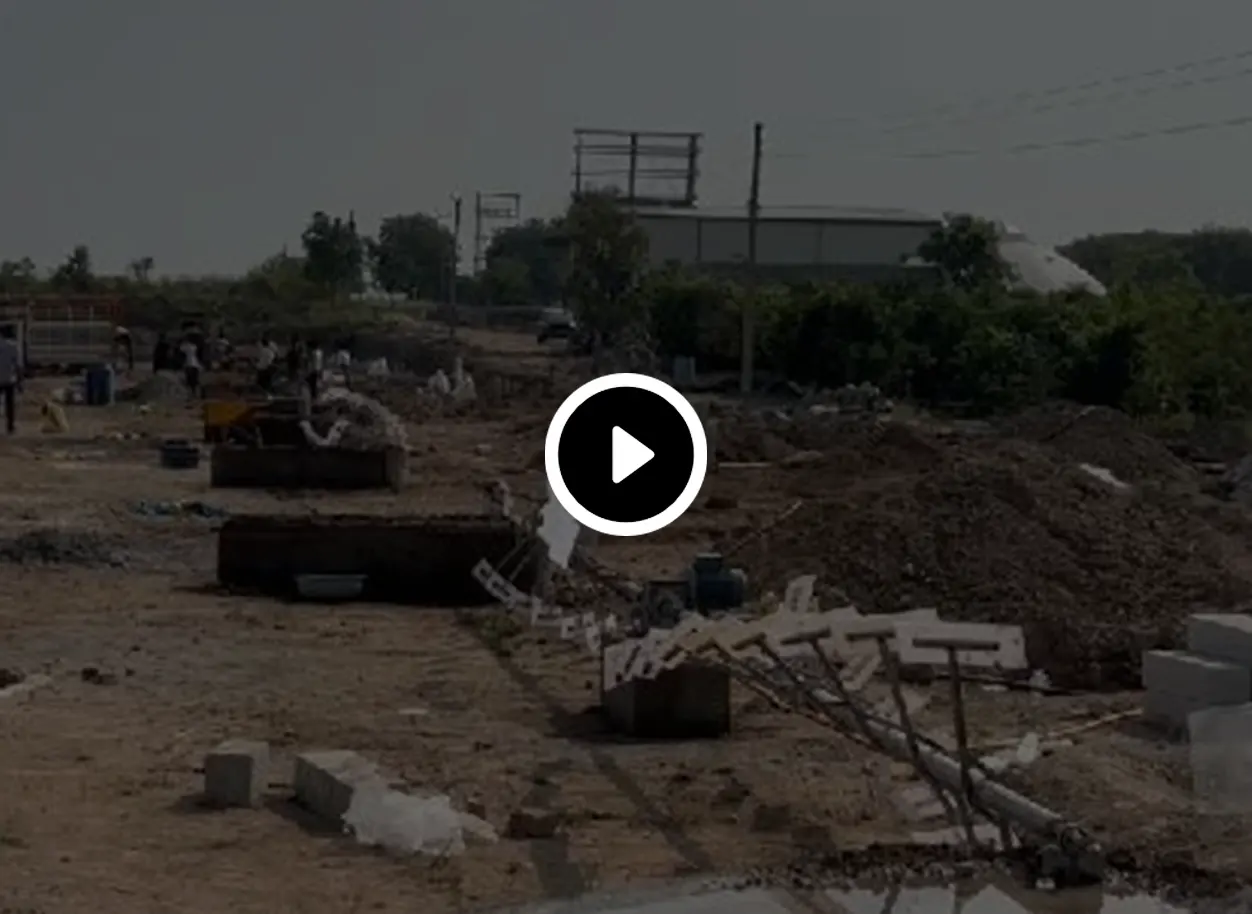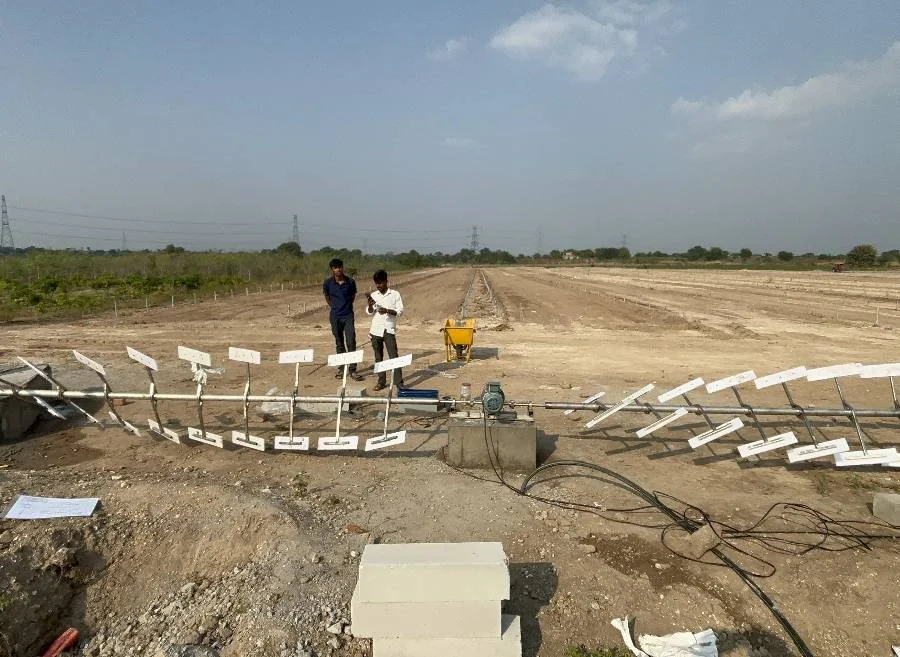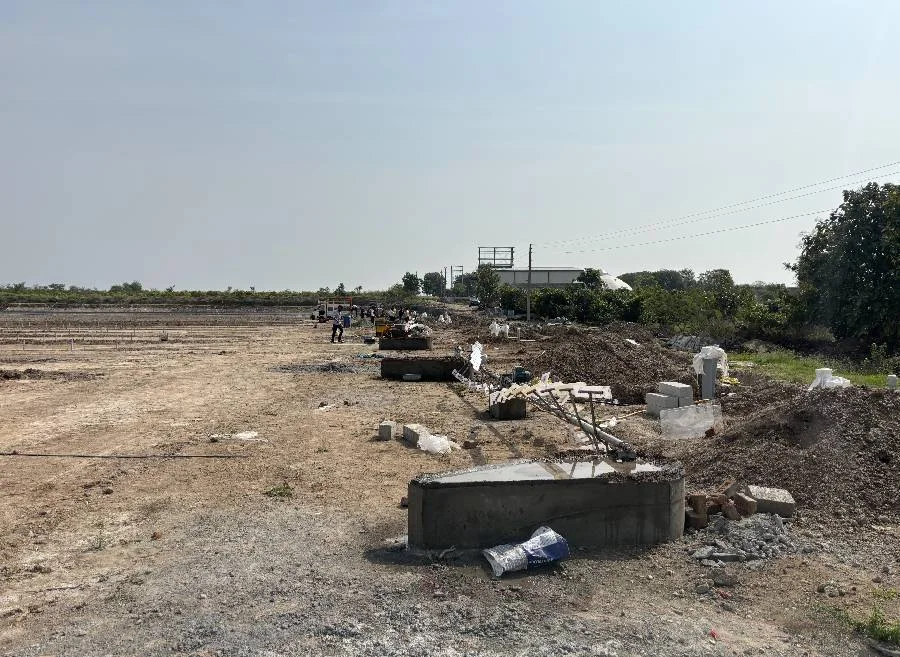Low-Energy Agitators Built for High-Yield Spirulina Cultivation
At Greenbubble, we redefine spirulina agitation through innovation. Our agitators are crafted with precision to stir gently yet thoroughly—ensuring optimal nutrient distribution and avoiding dead spots. With just 0.12 units of power consumed per hour for a 2000 sq. m pond, they deliver unmatched efficiency. From solar compatibility to durable stainless steel builds, every feature is designed for sustainable, high-output farming.
Why Efficient Agitation Matters in Spirulina Farming
Better Mixing Means Better Harvests
The success of any spirulina cultivation setup relies heavily on how well the culture is mixed. Uneven agitation leads to clumping, reduced nutrient uptake, and inconsistent yields. Our agitators solve this by offering controlled turbulence that encourages uniform growth and optimal light exposure—key elements for maximizing biomass and pigment production.
Designed to Save Power, Built to Last
With energy prices climbing and sustainability becoming essential, our agitators are designed for minimal power draw without compromising performance. They integrate seamlessly with solar power systems, cutting your carbon footprint while keeping costs low. The 316-grade stainless steel construction offers long-term durability, even under rigorous usage, ensuring years of reliable operation with minimal maintenance.
Efficient Spirulina Agitators
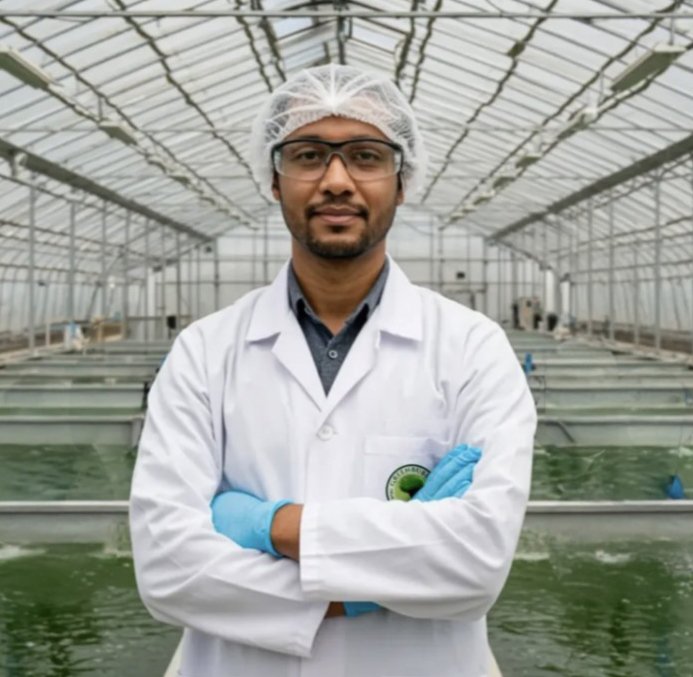
Ultra-Low Energy Use
Consumes just 0.12 units/hour per 2000 sq. m pond
Even Nutrient Distribution
Optimized for nutrient accessibility & even distribution
Solar-Ready Design
Supports solar-powered operations
Heavy-Duty Build
Made from corrosion-resistant stainless steel
Light Cycle Optimization
Minimizes risk of photo-oxidative stress
Boosted Pigment Yield
Enhances pigment yield and productivity
Higher Pond Capacity
Increases pond holding capacity
Whether you’re scaling your spirulina setup or upgrading from older, energy-heavy systems, our agitators are the smart choice for consistent output, energy savings, and long-term sustainability. Transform your spirulina farm with efficient agitation today.
Spirulina Farming FAQs
Everything You Need to Know About Commercial Spirulina Farming – From Setup to Profitability!
Following parameters need to be met while selecting land to set up a plant.
- low cyclone area
- flat land
- road approach
- less rainfall
- no hills or mountain shadow
- high temperature and dry land
- Mild or higher temperatures in winters
- water source (preferably ground water)
- Spirulina usually grows in hot & extremophile conditions and can sustain very high temperatures
Both Central & State Governments have multiple schemes and subsidies depending on the zone or region where the project will be built. These schemes are available with capital subsidy incentive, interest subsidy incentive and as financing schemes – subject to availability based on the applicant’s profile, state & Region.
Yes, the demand for spirulina in India is rising due to its superfood status and benefits like high protein (60%+), antioxidants, balanced amino acid profile and essential vitamins. The nutraceutical, pigment industries and cosmetic industries drive the bulk demand, with additional interest from the animal feed, aquaculture sectors and bio fertilizers. Health-conscious consumers are increasingly seeking organic spirulina, making certified farms more competitive. However, export markets (EU, USA) offer higher profit margins and volumes because of higher consumption and awareness in their respective countries.
Spirulina quality is assessed in laboratories for key parameters like protein content (≥60%), phycocyanin levels (≥15%), heavy metals (lead, mercury, arsenic), microbial contamination, and purity. The Certificate of Analysis (COA) from third-party labs ensures compliance with global standards like USDA Organic, EU Organic, GMP, and HACCP. A simple at-home test includes checking colour (deep green-blue) and smell (fresh, non-fishy). For commercial-grade quality assurance, regular lab testing and batch tracking are essential.
Spirulina is relatively easy to cultivate under the right conditions, but maintaining high quality can be challenging. It thrives in high-pH, mineral-rich water with consistent agitation and ample sunlight. However, farms must closely monitor for contamination—such as heavy metals, harmful bacteria, and cross-contamination with other algae. Maintaining an optimal pH level (between 9 and 11) and using controlled drying methods are essential to preserve its nutritional value. Scaling up production requires automation of processes like filtration, harvesting, drying, and packaging, making commercial farming significantly more complex than small-scale setups.
Yes, India exports spirulina, but it requires strict regulatory compliance. To export, farms must obtain FSSAI, USDA Organic, and EU Organic certifications, ensuring compliance with global quality standards. Countries like the USA, EU, and Japan demand batch tracking, third-party lab testing (COA), and HACCP/GMP practices to verify purity. Organic-certified spirulina fetches higher prices, but maintaining consistent quality, low contamination levels, and proper documentation is crucial for global acceptance.
The ideal tank size for spirulina farming depends on production goals. Small-scale hobby farms can start with 1,000-5,000 litres (10-50 sq. m. tanks), while commercial farms require multiple tanks ranging from 4lakh to 8lakh litres for viability and to meet market demand. Tanks should be food-grade, contamination-free, and have an efficient agitation system to ensure even nutrient distribution. The depth should be around 20-30 cm, allowing optimal light penetration for photosynthesis. Regular pH, temperature, and contamination checks are crucial for consistent yields.
There are multiple Spirulina species, and the best one depends on the intended use. Arthrospira platensis is widely used due to its high protein content (60–70%), β-carotene, and phycocyanin levels. It is also GRAS-approved by the FDA, which makes it easier to market and sell. When choosing Spirulina, opt for organic-certified, lab-tested products with high phycocyanin content (≥15%) for the best health benefits. Low-quality, mass-produced Spirulina may contain toxins, heavy metals, or reduced nutrient levels. Therefore, selecting products that come with a valid Certificate of Analysis (COA) is essential.
Spirulina is expensive due to its high-quality control standards and nutrient-rich composition. Factors like pH balance, controlled agitation, organic compliance, and industrial nutrition preserving dryers increase production costs. Organic-certified spirulina requires third-party testing (HACCP, GMP, USDA Organic) for contaminants like heavy metals and bacteria, adding to expenses. Additionally, import restrictions and packaging for nutrient retention contribute to the high pricing. Despite the cost, its superior nutritional profile and increasing demand justify the premium.
Countries like the Japan, Thailand, and China lead in commercial spirulina production. France and Germany also produce premium-grade spirulina in small scales, often cultivated in controlled greenhouse environments. Indian spirulina has strong potential, but farms must focus on organic certification and contamination-free production to compete with global suppliers.
Yes, the demand for spirulina in India is rising due to its superfood status and benefits like high protein (60%+), antioxidants, balanced amino acid profile and essential vitamins. The nutraceutical, pigment industries and cosmetic industries drive the bulk demand, with additional interest from the animal feed, aquaculture sectors and bio fertilizers. Health-conscious consumers are increasingly seeking organic spirulina, making certified farms more competitive. However, export markets (EU, USA) offer higher profit margins and volumes because of higher consumption and awareness in their respective countries.
To start a spirulina farm, you need a warm climate (25-50°C), Fresh potable water and a contamination-free environment. Begin by setting up growth tanks (preferably food-grade material), an agitation system, and an organic nutrient supply. Ensure regular water testing, lab analysis for purity, and compliance with organic standards for targeting premium markets. Drying and packaging should use low-heat methods to retain nutrients. Marketing strategies should focus on B2B (nutraceuticals, pigment, cosmetics) and direct-to-consumer (powders, tablets, supplements). Hiring consultants can help you cover all bases and avoid costly mistakes during setup and operation.
The cost of starting a spirulina farm varies based on scale and automation level. A small-scale Hobby farm (1,000 sq. ft.) may cost around ₹5-10 lakh, while a commercial setup can exceed ₹1CR due to expenses like land preparation, building costs, Machineries, Raceway tanks construction, agitation systems, working capital, electrical and plumbing, lab setup many other management and administrative expenses. Key costs include Civil works, harvesting, drying system (Industrial nutrition preserving dryers), certification expenses (like FSSAI, USDA Organic, EUO, ECOCERT, HACCP, GMP) and working capital. While initial investment is high, proper planning, market positioning and quality assurance can yield significant returns.
Spirulina farming can be highly profitable, but success depends on factors like production scale, automation, organic certification, Quality and market demand. While some claim an ROI of 300% within months, realistic profitability takes 2-3 years due to high setup costs for infrastructure to reduce labour dependency, increased up time and meet the quality standards. Organic-certified spirulina fetches premium prices in domestic and international markets, making it a viable long-term investment. However, strict quality control, regulatory compliance, and a reliable distribution network are key to ensuring consistent profitability.
Related Services
Let us help you
